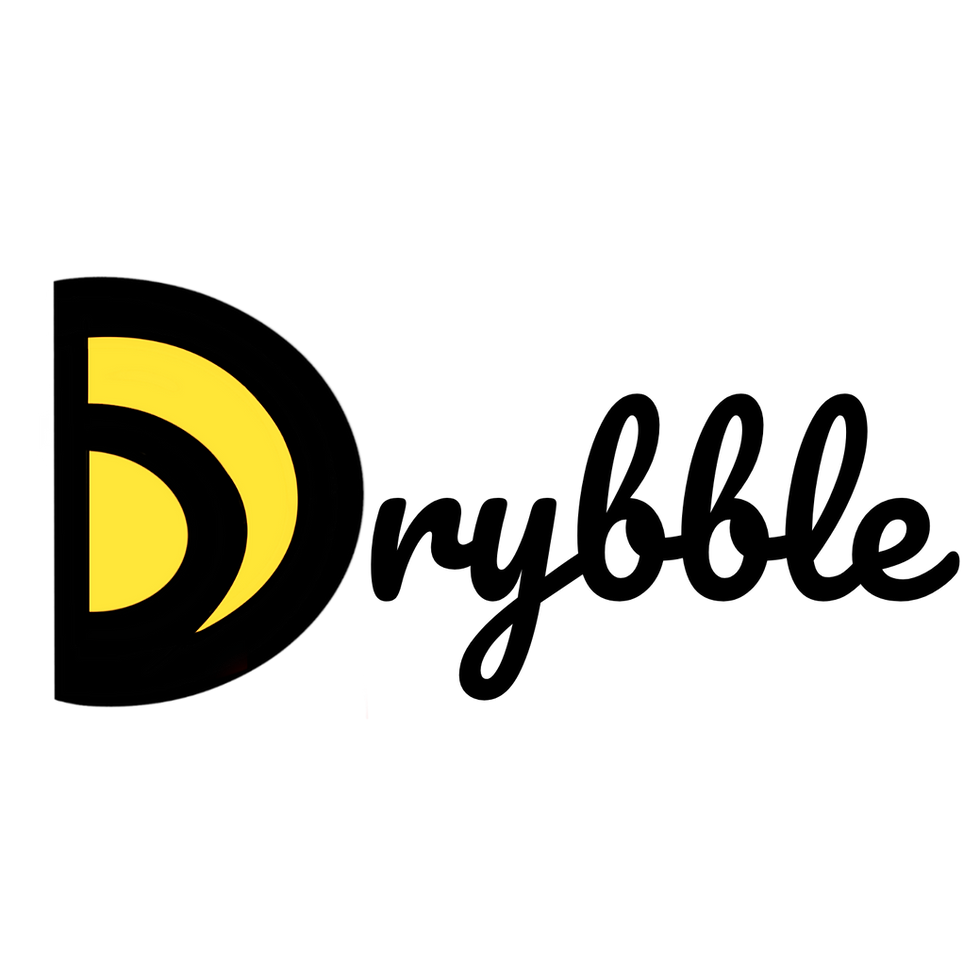Harnessing Heuristics and Minimalism to keep your visitors browsing
- Zahid Masroor
- Dec 29, 2023
- 2 min read
In the digital age, where attention spans are shrinking and online competition is fierce, crafting a compelling website that captivates visitors' attention and drives conversions is paramount. Heuristics and minimalism are two key concepts that play a significant role in achieving this goal. By understanding and integrating these principles into your website design, you overcome shorter attention spans and place your brand in visitor cognition.

1. Turning your homepage into a trailer and your website a movie
The trailer contains enough information to help users decide whether they like your offer or not. The problem however arises when the information overdoze makes the product unattractive even when it is attractive. If your brand personality comes off as complicated or fussy, that’s when the bounce rate goes through the roof.
2. Cohesive content, colours and story
Each element should seamlessly blend with the others to guide visitors through a unified experience. Inconsistencies can disrupt the flow and cause visitors to lose interest. By aligning visuals, content, and navigation, you create a captivating journey that keeps visitors engaged and eager to explore.
3. Flexibility on the website
The sense of freedom is always appreciated by people. Avoid creating websites that compel users to engage in activities they have no interest in. If you want them to fill out a form, make sure you present it when the users have acquainted themselves with the website. This is the reason a decent website presents a form after at least 20 seconds of browsing.
4. Creating an “Optimal Experience”
Psychology describes an “Optimal flow” as “a state of effortless concentration so deep that they lose their sense of time, of themselves, of their problems,” and their descriptions of the joy of that state are so compelling that Daniel Kahneman quotes Csikszentmihalyi to refer it to “optimal experience” in his book “Thinking fast and slow”. To make the website experience optimal, you must engage users at a basic cognitive level where heuristics are engaged and complex mental activity is reduced.
5. Visual Hierarchy
Minimalism naturally lends itself to crafting effective visual hierarchies. To point five, we just mentioned, a reader might argue that conative or buying behaviour requires the visitor to think at a higher level but to get there you need to satisfy the user at a rudimentary level before making them buy something.
6. Simplify Navigation: Visual hierarchy needs close companionship in effective navigation to take the user on a journey of cognition, affect and conation. As mentioned above, it is imperative to engage users on a rudimentary level of thinking to impel them towards decision-making that includes finances.
Brands engage in a relentless battle to capture and maintain customer attention, vying for supremacy in a highly competitive landscape. To emerge victorious in this struggle, brands must fortify their strategic arsenal with a comprehensive understanding of consumer psychology. Mastery over the intricacies of human cognition, particularly within the context of purchasing decisions, becomes a pivotal determinant in a brand's quest to etch its identity in the global consciousness. This acute comprehension of the thought processes that guide individuals, especially one's customer base, wields the potential to be the differentiating factor as a brand endeavour to establish an indelible presence in the realm of brand positioning.

コメント